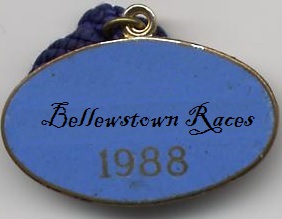
Although the Curragh can boast being the first racecourse in Ireland in April 1634, Bellewstown followed closely on its heels and is the second longest continuously running course in the country. Early records contained in the Dublin Gazette indicate it first held a meeting in August 1726, while within 40 years the meetings were so popular that they were extended to 5 day events. Results from the five day August meeting in 1766 are shown below. Bellewstown racecourse was further recognised as an important venue in 1780 when the former mayor of Drogheda, George Tandy, and his brother James Napper Tandy, persuaded King George III to sponsor one of His Majesty’s Plates at the meeting. In 1812 the Irish Turf Club were conscious of over-crowding in the racing calendar and allocated meetings to each course. Bellewstown were fortunate in its allocation of the last full week in June. The meeting has run successfully at its present course since February 1859.
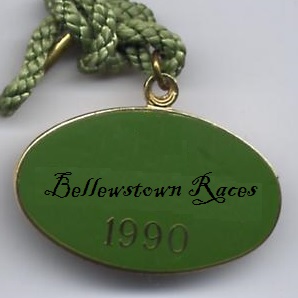
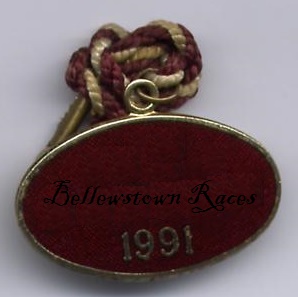
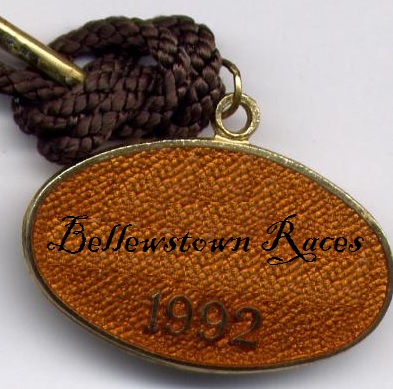
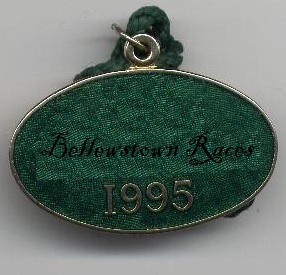
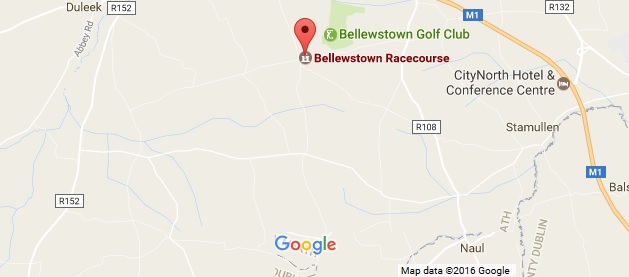
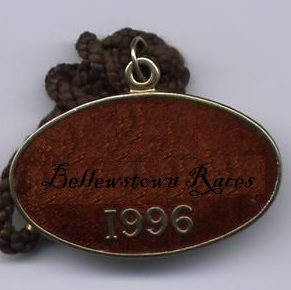
Monday 18th August 1766
£50 Six year old Stakes
1. Candidate, bay horse owned by Mr James Townsend
2. Fearnought, bay horse owned by Mr John Judge
3. Breasy Tom, chestnut horse owned by Mr Robert Lill
Tuesday 19th August 1766
£50 Give and Take
1. Noll, grey horse owned by Mr Robert Lambert
2. Trifle, bay horse owned by the Right Honourable Thomas Conolly
3. Poppit, bay gelding owned by Mr John Gile
Wednesday 20th August 1766
30 Guineas Hunters Stakes
1. Fanny, grey mare owned by Mr George Lowther
2. Unnamed bay gelding owned by Mr Savage
Thursday 21st August 1766
£50 Five year old Stakes
1. Clumsy, bay horse owned by Mr James Lowthian
2. Noll, grey horse owned by Mr Robert Lambert
Friday 22nd August 1766
£50 Four year old Stakes
1. Juliet, chestnut mare owned by Mr Annesley Gore
2. Unnamed chestnut horse owned by Mr Leigh Master
3. Unnamed chestnut mare owned by Mr George Lowther



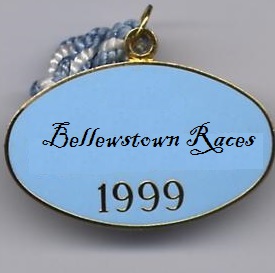
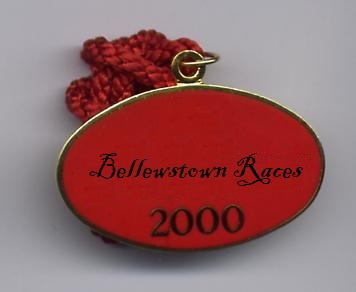
Arguably its most famous race was the Mount Hanover Amateur Riders Handicap Hurdle which took place on Thursday 26th June 1975. It was won by the outsider of 9 Yellow Sam, owned by Mrs B J Curley and trained by Liam Brennan. The horse had earned his handicap mark by being unplaced in three previous races run over unfavourable distances in unsuitable conditions. Barney Curley had targeted the Bellewstown race and masterminded an inspired gamble on the horse. He had spotted that the course was serviced by just one public phone box and a private phone line run by the Extel company for the use of off course bookmakers for the purpose of laying off money at the track to shorten prices. Barney Curley put together a team of associates with the sole aim of betting between £50 and £300 in hundreds of bookmakers offices throughout the country, only placing their bets at an agreed time close to the off. In the meantime, the Extel phone line had been disabled, while the public phone box was occupied for over 30 minutes by a distressed thick set man who was purported to be phoning a hospital about a desperately ill relative. Yellow Sam duly landed the race by 2 1/2 lengths, with Barney Curley apparently hiding in an extreme part of the racecourse to witness his moment of triumph whilst not, at the same time, alerting bookmakers to his presence on the course. Bookmakers claim to have been stung for over £300,000 by a legitimate, brilliantly executed coup, although some squirmed when asked to settle the bets they had been happy to take. Although the starting price was 20/1, the Tote returned odds of 156/1, which meant that the Belfast bookmaker Barney Eastwood was liable for a payout of £6,280, amongst others, on the £40 Tote bet which he had gleefully taken. Today the 9 furlong left-handed track currently hosts 5 fixtures annually, offering both flat and hurdle races.



